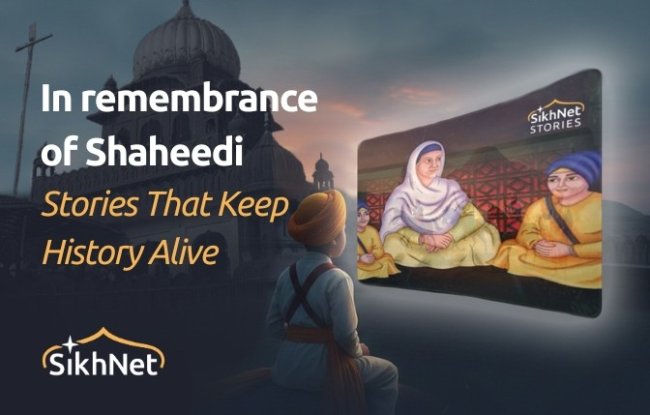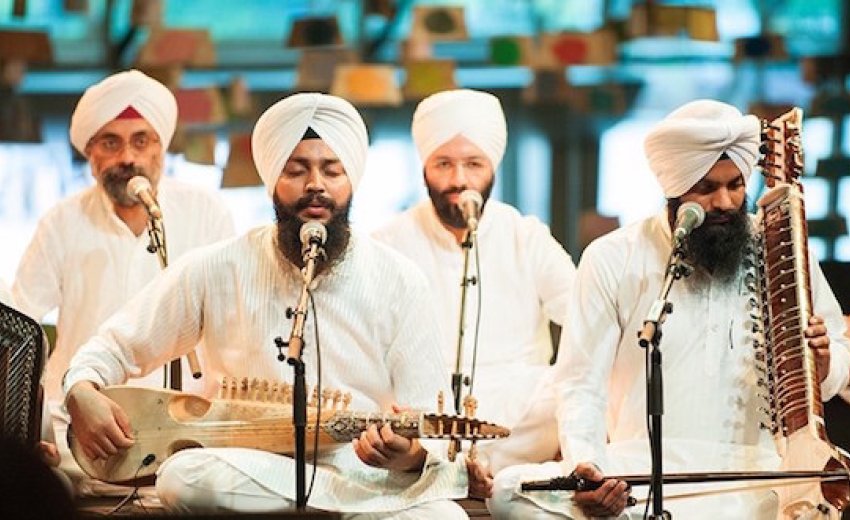Music has long been held in high esteem as a sacred art, encompassing values that are both lofty and enduring, yet elusive in nature. In ancient times, during the Vedic age in India, religious songs were sung using simple chants. As time progressed, a form of music known as Gandharva emerged, which was believed to have been witnessed by the Creator during divine contemplation and subsequently performed by seers and saints. This music was considered the most reliable path to liberation. Within this context, sacred music was referred to as Marga Sangeet, while secular music was known as Desi Sangeet.
Evolution of music
During medieval times in Europe, hymns held great popularity in churches. Chateaurbriand, a prominent figure, viewed music as a companion to religious practices and referred to it as "the child of prayer." In England, church choirs and children's groups were established, emphasizing the importance of music as a spiritual aid. Addison, recognizing its power, believed that music could awaken the soul, elevate it, ignite sublime desires, and enable communication with the divine.
The evolution of classical music in India goes to the contributions of saints and seers who composed devotional songs. Among them, Jayadev Goswami was one of the earliest mystical singers of Vaishnavite Bhakti. His masterpiece, Geet Govinda, is considered a classic in devotional music. Through his heartfelt and sincere singing, he depicted the profound love between Krishna and Radha.
Similarly, Chaitanya from Bengal also sang of the mystic love between Krishna and Radha. Swami Haridas, renowned as Tansen's teacher, possessed great expertise in the dhrupad style of devotional music. These influential figures played significant roles in shaping and advancing the realm of devotional music in India.
Music in Sikhism
The first five Sikh gurus were not only spiritual leaders but also talented musicians. They recognized the power of music in uplifting their congregations and supported professional singers. In 1604, a significant milestone was reached when the Adi Granth, a compilation of sacred hymns from the first five gurus, 15 saints, and 15 bards, was created.
Guru Arjan Dev, the fifth Sikh guru, emphasized the importance of kirtan, the singing of devotional hymns, as a means to attain union with God. The gurus believed that sacred music served as a form of spiritual practice, helping to stabilize the mind and connect with the divine.
In a different part of India, specifically in Bengal, Rabindranath Tagore introduced the Rabindra Sangeet style of music. Tagore expressed deep reverence for music, feeling a profound sense of pride and devotion .He wrote-
When Thou commandest me to sing, it seems that my heart would break in pride and I look to Thy face and tears come to my eyes. Drunk with the joy of singing, I forget myself and call. Thee friend who art my lord.
He saw music as a way to lose oneself in joyous singing and establish a connection with the divine.
Music holds a significant place in Sufi devotion as well. Sufis refer to it as Samai Hakani, which denotes a spiritual trance. The Chisti mystics of northern India encouraged qawwals, the musicians, to sing praises of God, leading to a state of rapture where everyone would dance together in a mystical trance-like experience.
In India, the bhakti movement also played a vital role in promoting sacred music. Devotees expressed their devotion to God through music, adding momentum to the practice and its significance in spiritual pursuits.
Kirtan: The second stage of music
According to the scriptures, there are nine traditional stages of bhakti, a path of devotion. These stages include 1) Sunan, which involves hearing the holy word; 2) Kirtan, the act of singing praises to God; 3) Simaran, the practice of remembering the Lord; 4) Puja, expressing love and worship towards God; 5) Pad-sevan, surrendering oneself at the Lord's feet; 6) Vandana, offering supplications to the Lord; 7) Dasa-bhava, engaging in service to the Lord; 8) Maitri Bhava, cultivating friendship with the Lord and relying on Him completely; and 9) Atmanivedan, surrendering oneself to the Lord as an act of complete dedication and surrender.
These stages aim to unite the individual soul with the universal soul. Though Kirtan is considered the second stage, Sikh gurus emphasized its significance and valued it as the primary mode of Sikh worship. Guru Arjan Dev stated, "Gurbani is the treasure of the jewels of Bhakti. By singing, hearing, and acting in accordance with it, one enraptured.”
*Based on an article published in Times of India on 15th June 2008

